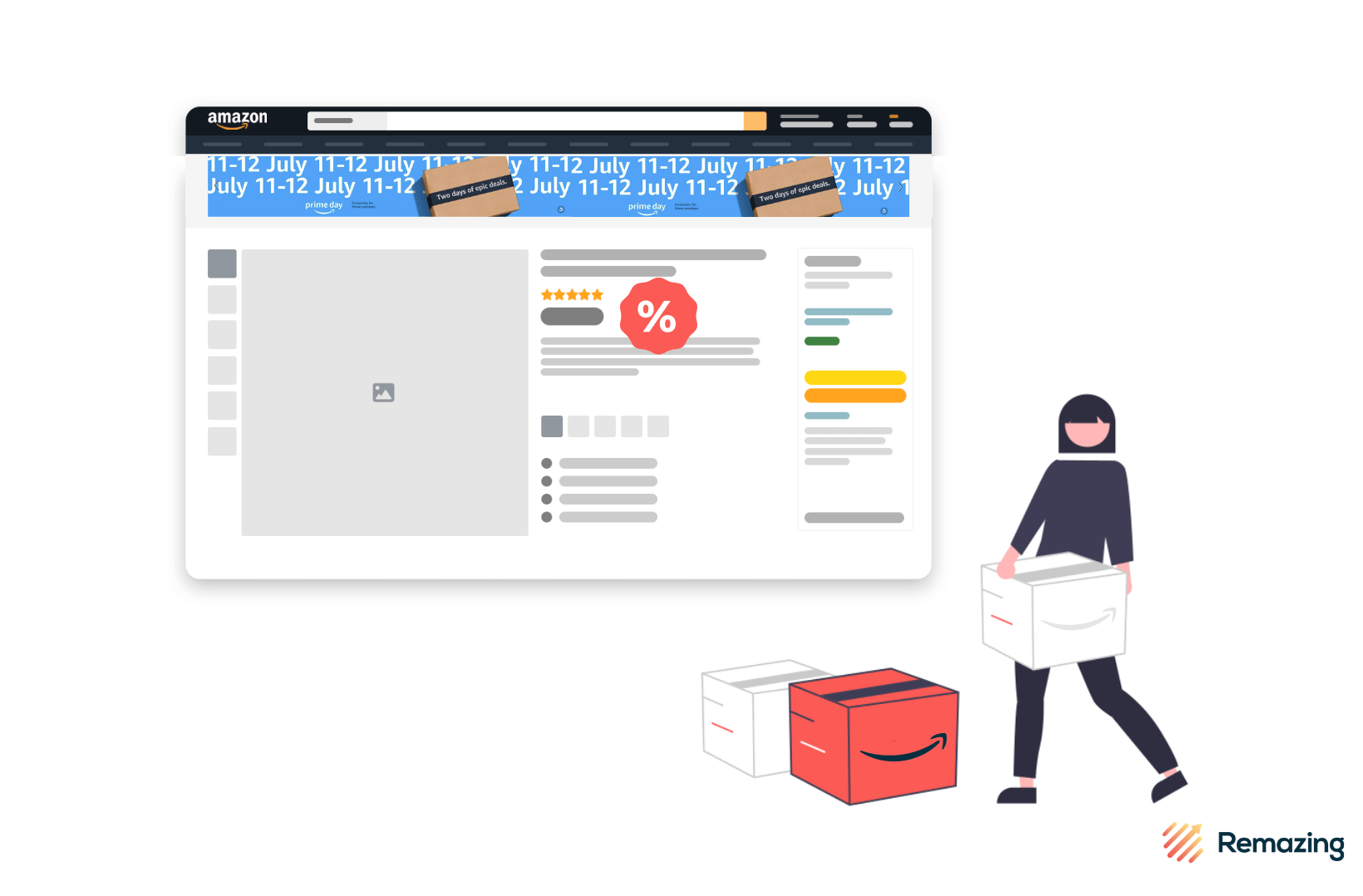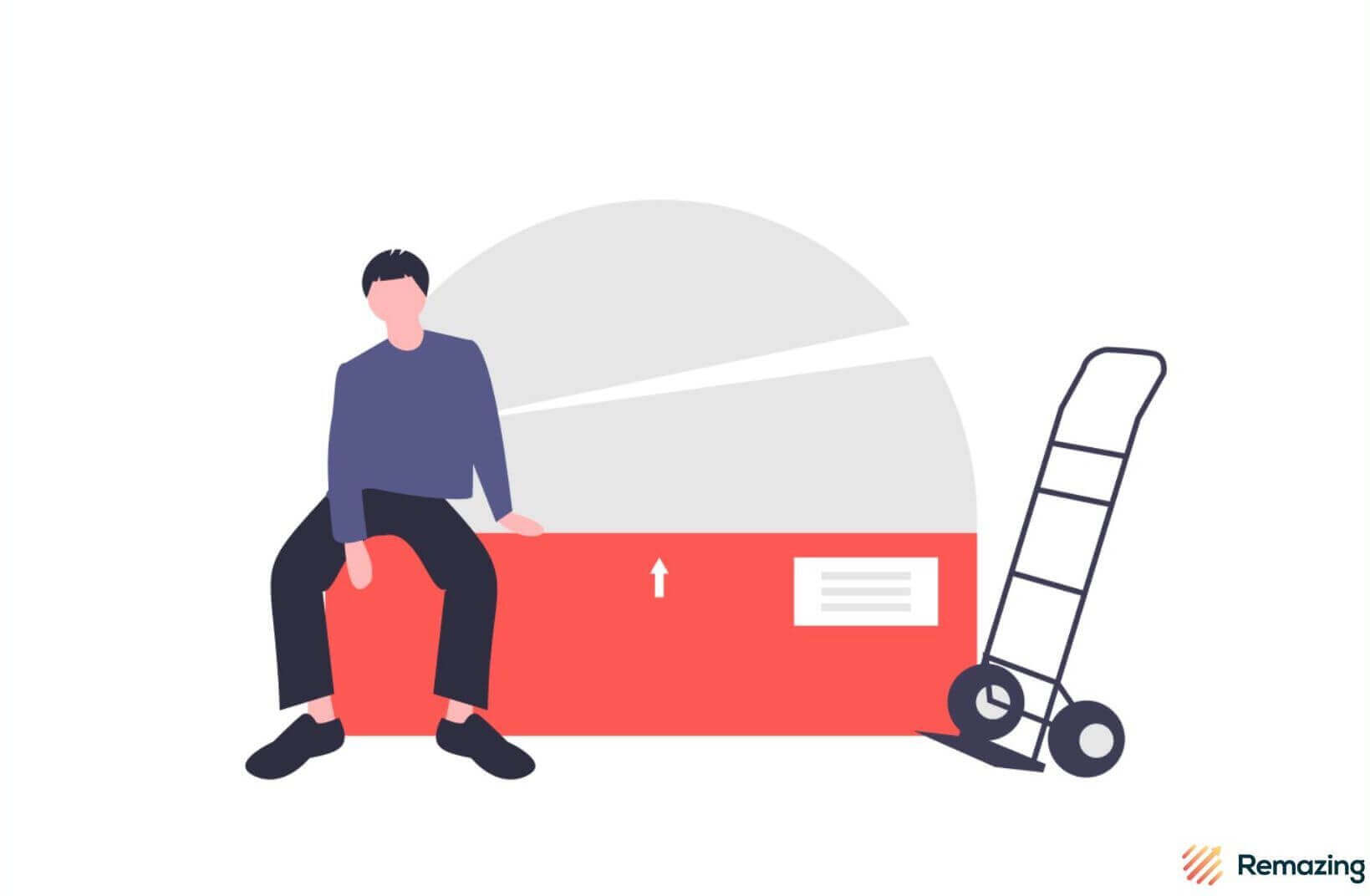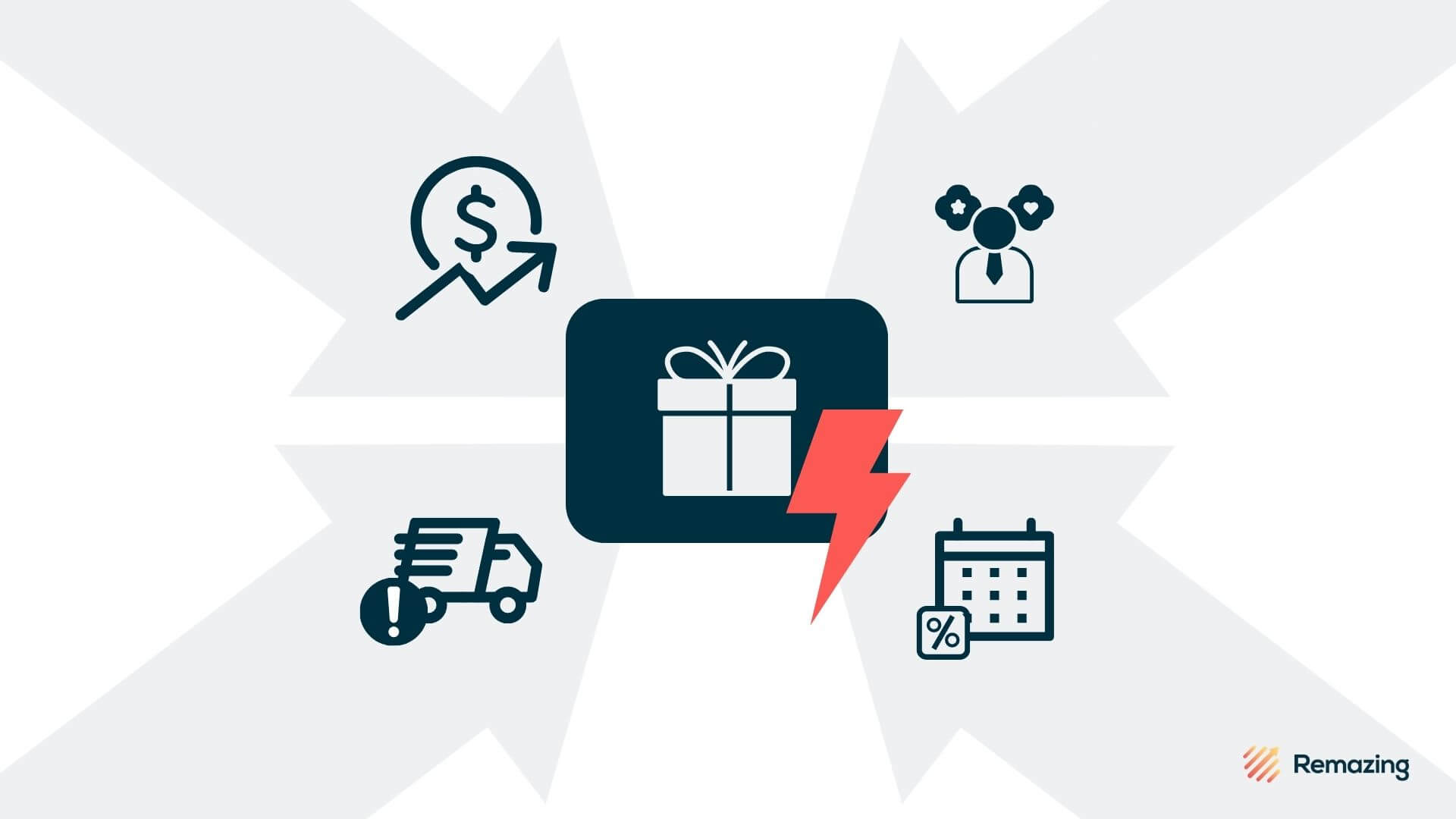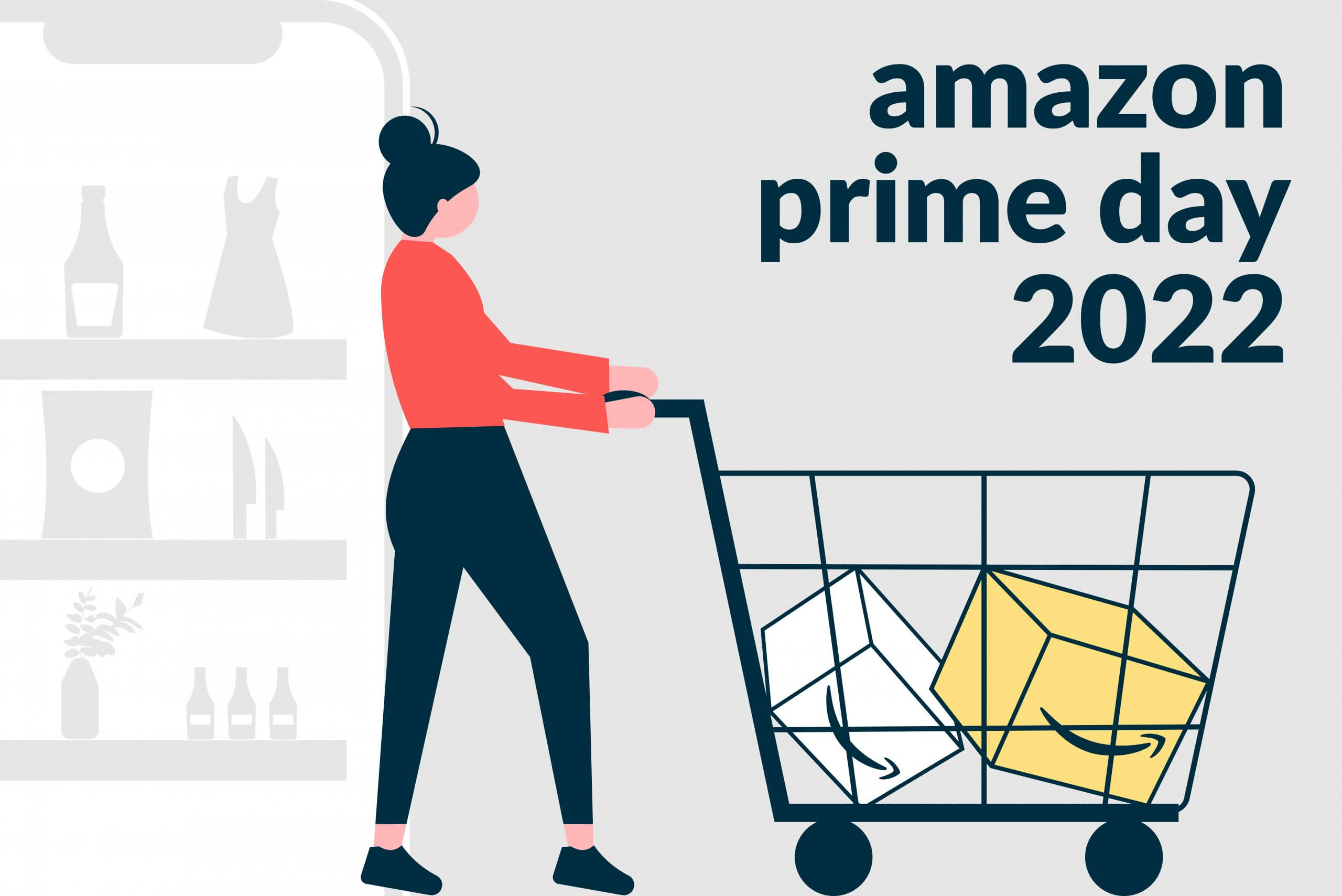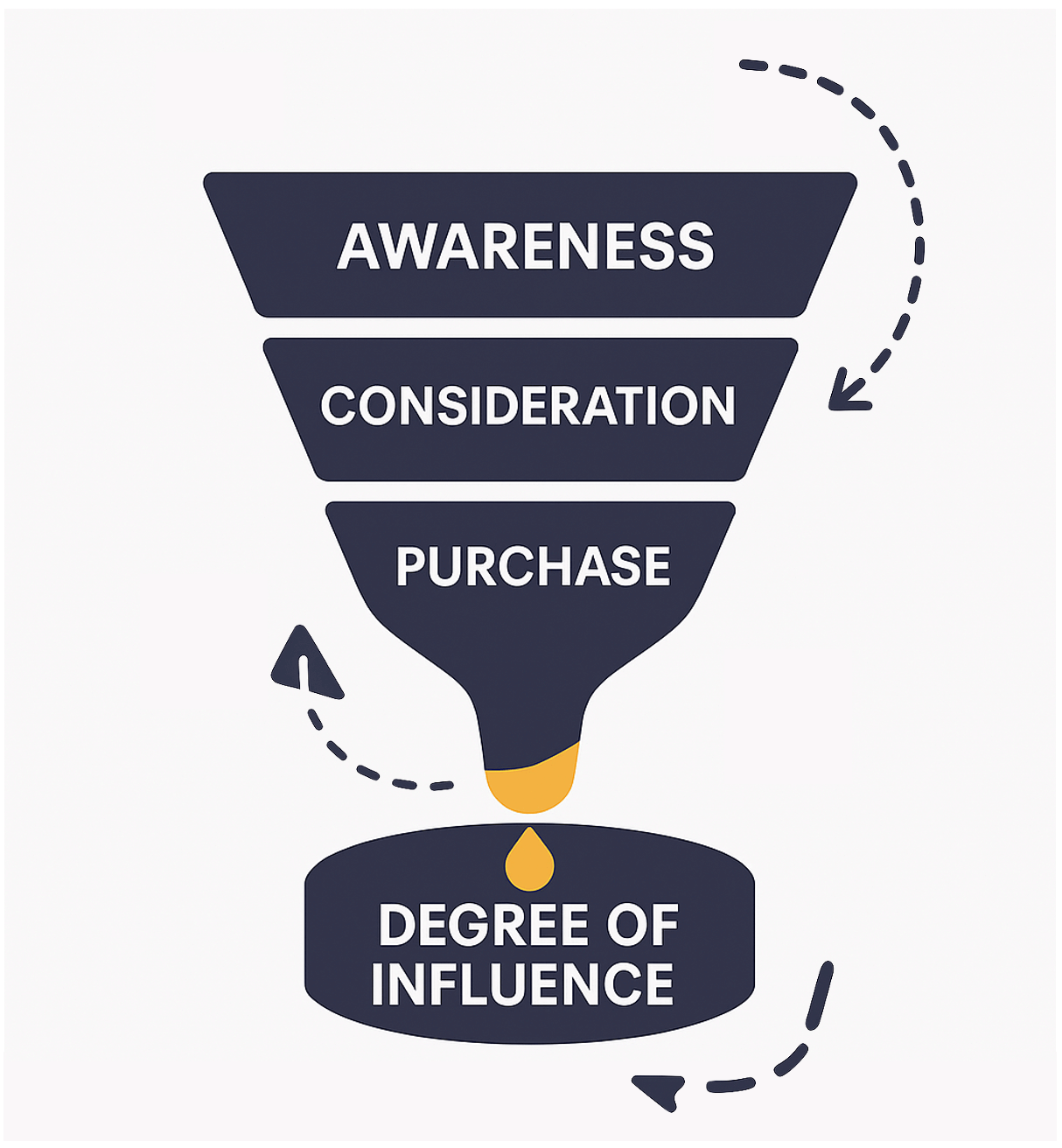
From Funnels to Influence Map: How Modern Buyers Really Move

For decades, marketers have relied heavily on the traditional advertising funnel to guide strategy and investment. This linear model, from awareness to consideration to purchase, has shaped how we allocate budgets, design campaigns, and define success.
The Limits of the Traditional Funnel
To understand why a shift is needed, one must first understand where the funnel falls short: it assumes that consumers move step by step through a rigid decision path. But today’s digital ecosystems are fluid and complex. Shoppers might be influenced by a TikTok video one moment, compare prices on Amazon the next, and convert via a Google search days later. These interactions don’t follow a predictable sequence: they loop, repeat, and skip. Modern buyers don’t move down a funnel; they bounce across behaviours.
This rigidity leads to flawed assumptions and missed opportunities. The funnel cannot capture:
- The power of peer recommendations.
- The sudden impact of social media virality.
- Cross-platform discovery and decision-making.
- The nuances of repeat vs impulse purchases.
Introducing the Influence Map
Due to these limitations, a new approach has emerged. A term popularised by Boston Consulting Group (BCG) in their 2025 article “It’s Time for Marketers to Move Beyond the Linear Funnel”, the Influence Map is a revolutionary alternative. Rather than forcing behaviours into stages, it visualises how and where consumers are influenced across four dynamic behaviours, what BCG calls the “4S”: scrolling, streaming, searching, and shopping.
Adoption accelerated when Google highlighted the framework in its Think with Google series, showcasing how brands such as Pelago and Grab used it to create responsive, AI-powered marketing strategies.
This framework recognises that influence can happen at any time, in any order. It shifts the focus from pushing users down a path to understanding how influence is distributed across platforms, moments, and mindsets.
What an Influence Map Looks Like in Practice
To illustrate this concept in practice, the following example shows how influence flows across the 4S behaviours, revealing where decision-making truly happens and where marketing impact is most effective.
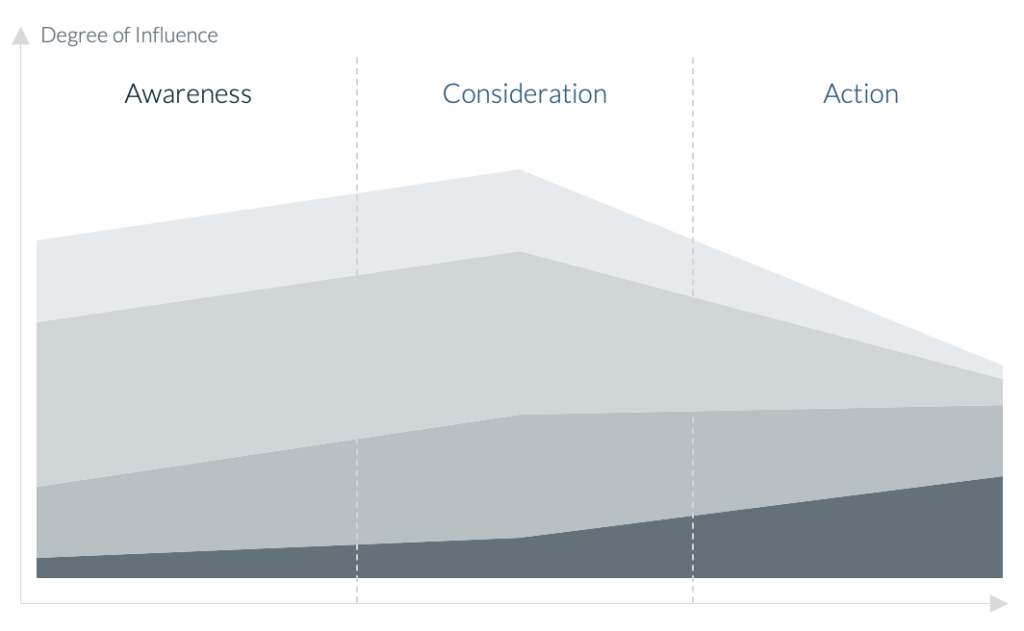
Figure: Sample Influence Map showing distributed behaviours and influence strength across Scrolling, Streaming, Searching, and Shopping.
Why Influence Maps Matter Now
In today’s environment, the media landscape is fragmented, fast-paced and flooded with content across an ever-growing range of platforms. Consumers don’t follow a predictable path, they shift behaviours constantly, driven by impulse, convenience, and social influence. Yesterday’s tools can’t keep up.
- This is where Influence Maps come in. They provide a modern solution by:
- Prioritising real behaviours over assumed sequences.
- Capturing the complexity of cross-platform interactions.
- Powering real-time optimisation through AI and data signals.
- Offering adaptable strategies tailored to diverse audience segments.
How Remazing Leverages Influence Maps
At Remazing, we’ve embraced this evolution. Before diving into a real-world example, here’s how we apply this framework to support brands across Amazon and the broader e-commerce ecosystem. We don’t just build visibility or drive conversion, we map where influence actually happens, from search intent to product reviews to influencer content. This enables us to optimise touchpoints that matter – not just the ones that are easy to track.
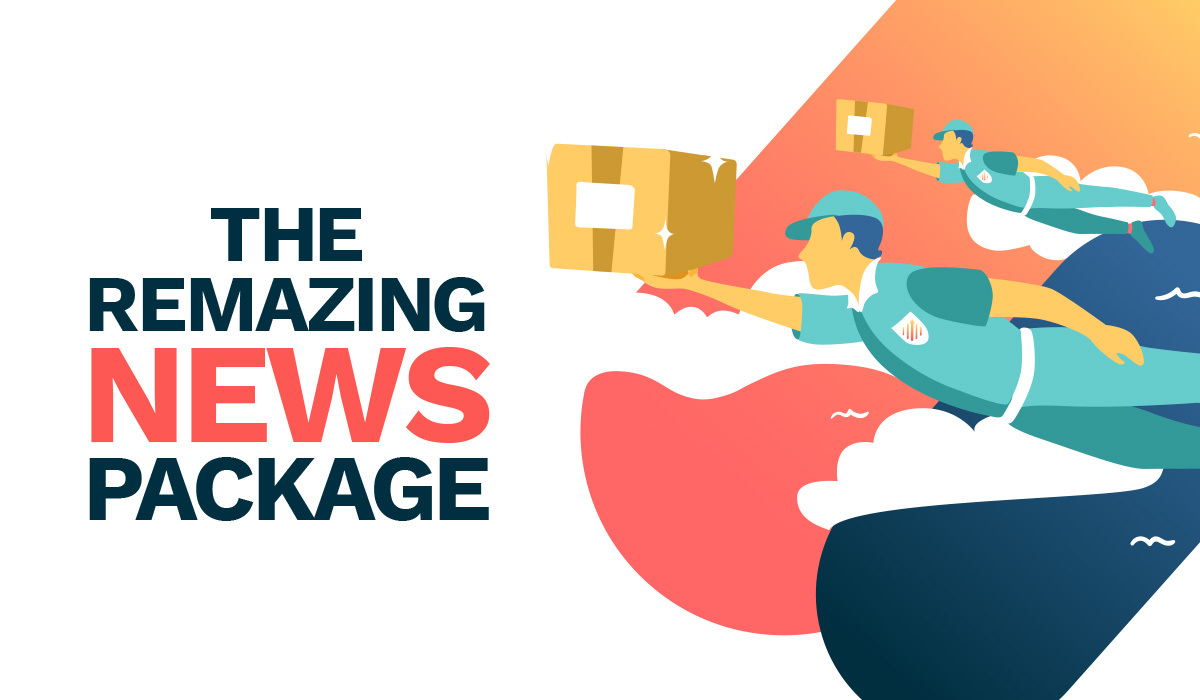
Subscribe to our newsletter now and receive regular updates on Amazon and other online marketplaces.
Subscribe to the newsletter now.
Our approach blends creativity with data. We apply the Influence Map to:
- Identify underutilised but high-influence behaviour.
- Allocate spend based on influence strength, not just funnel position.
- Create campaigns that mirror real-world consumer journeys.
Example: Influence Map In Action
To illustrate this further, we’ve outlined the theory and shared how we apply it. Now let’s bring it all together with a real-world scenario that shows what this looks like in practice. Imagine you’re a premium skincare brand expanding into the German market, targeting young, urban women aged 25 – 34, digitally savvy, skincare conscious, and influenced by both peer reviews and expert endorsements.
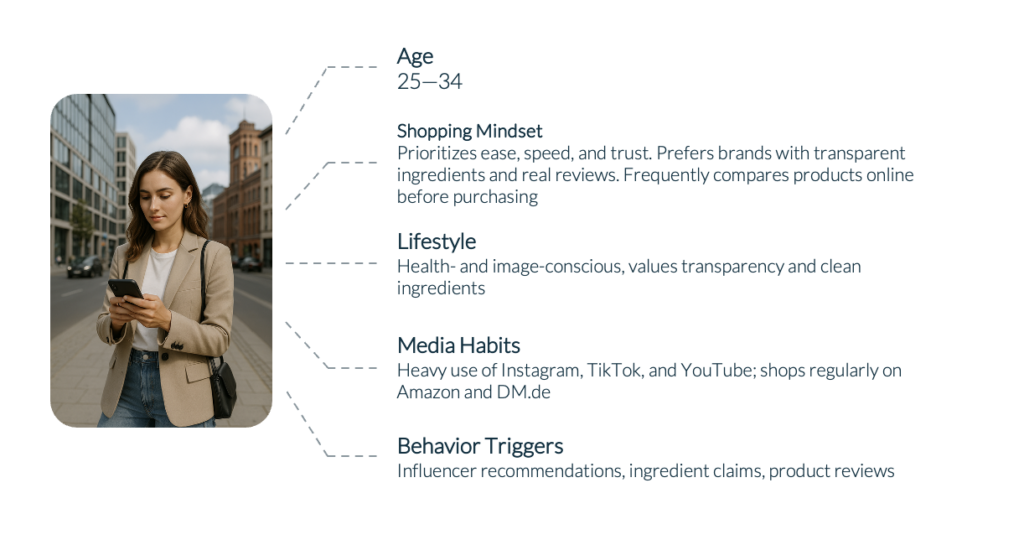
Figure: Profile summary of the target skincare persona, including key demographics, lifestyle traits, shopping mindset, media habits, and purchase triggers.
Your goal is to increase market share among this persona, but the traditional funnel gives you little clarity on where your message matters most.
Building on the persona definition, we now examine how this individual engages with the 4S behaviors. By connecting media habits, lifestyle drivers, and purchase triggers, we can identify how scrolling, streaming, searching, and shopping each shape her journey at different stages of the funnel.
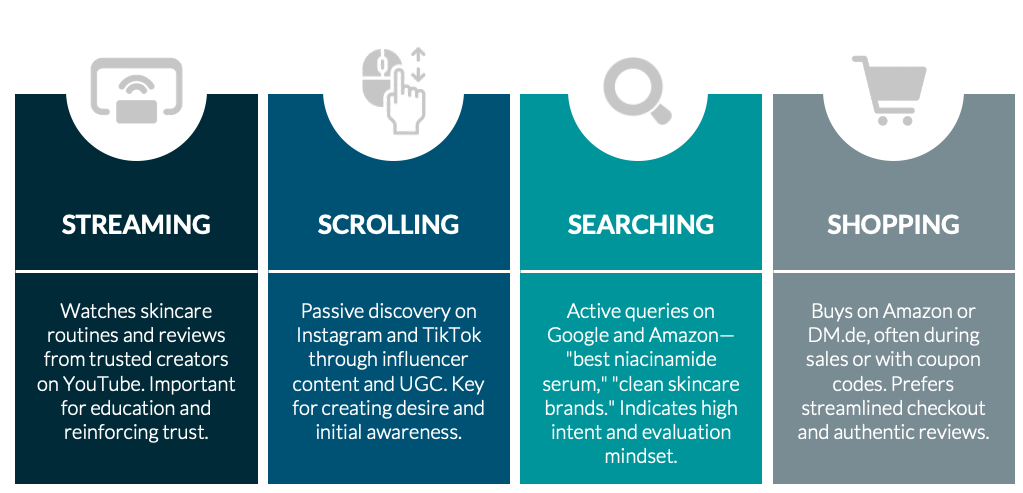
Figure: Behavioural breakdown of the skincare persona across the 4S model, illustrating how influence manifests at each stage of the journey.
Now that we understand how this persona behaves across channels, the next step is to quantify influence. The final stage in the process is building the Influence Map. Here, we measure how strongly each behaviour drives impact across the buyer’s journey: from awareness to purchase. This allows us to prioritise where and how to activate touchpoints for maximum effectiveness.
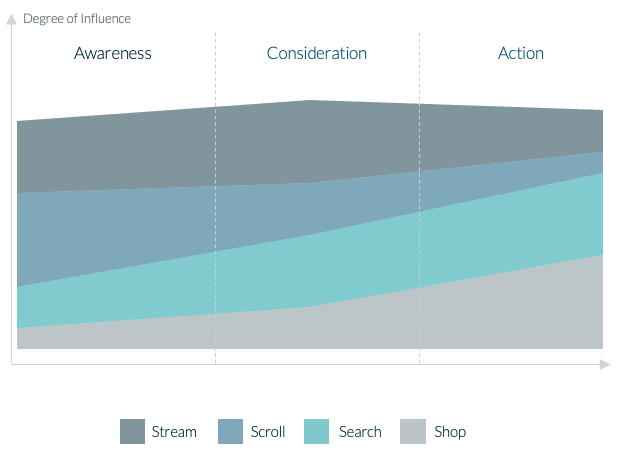
Figure: Influence Map quantifying how strongly each behaviour contributes to awareness, consideration, and purchase for this persona.
Key Insight: Influence for this persona is distributed in distinct ways across the funnel, scrolling excels at generating awareness, streaming supports mid-funnel education, and searching and shopping dominate the conversion phase.
Strategic Shift
Based on these insights, here’s how strategy should evolve:
- Increase investment in upper-funnel storytelling through influencer content and aspirational visuals on social.
- Expand educational content via mid-funnel channels (e.g. YouTube tutorials, expert-led guides).
- Align product detail pages and advertising messaging with the themes introduced earlier in the journey to reinforce trust and drive conversions more efficiently.
Conclusion: From Funnels to Flexibility
Looking ahead, the funnel had its time. But in 2025 and beyond, marketers must meet complexity with clarity. Influence Maps offer a more honest, flexible, and effective way to understand and shape consumer behaviour.
If you’re still optimizing for the funnel, you’re optimizing for a world that no longer exists. At Remazing, we’re building what’s next.
Are you interested in an expert analysis of your Amazon account?
Request free analysisRelated articles
Remazing GmbH
Brandstwiete 1
20457 Hamburg
©Remazing GmbH
